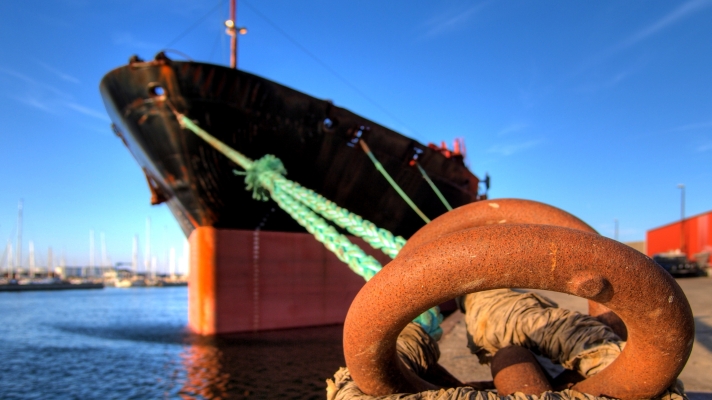The Dutch fleet moves up from 6th to 4th place on the Performance List of the Paris MoU. This list is based on the total number of Port State Control inspections and detentions in the past three years.
The Performance List, also known as the “White, Grey and Black (WGB) List” presents the full spectrum, from quality flags to flags with a poorer performance based on inspection outcomes. It is based on the total number of inspections and detentions over a 3-year rolling period for flags with at least 30 inspections in the period.
With 2960 inspections and 40 detentions, the Netherlands moved up from 6 to 4. Last year, Dutch flagged ships were inspected 2978 times resulting in 44 detentions. According to the Royal Association of Netherlands Shipowners (KVNR), this confirms the Netherlands’ status as a flag of quality.
The UK now heads the list with 1072 inspections and 10 detentions coming up from 5. Taking over from the Isle of Man, which now ranks 16th. Norway jumped up the list from 9 to 2. The Bahamas went from 2 to 3. Denmark entered the top 10 on place 5 from 11. France left the top 10 and went from 4 to 15. The top ten is completed by Marshall Islands (6), Singapore (7), Hong Kong (8), Japan (9) and Bermuda (10).
Togo and the Republic of Congo were the two worst performing flags last year and categorised as “Very high risk”. The “Very high risk” category has disappeared this year, as has the Republic of Congo on the list itself. Togo, Albania and Comoros are now the worst performers, all three ranking as high risk. Comoros was also ranked high risk last year, Albania dropped from the “Medium to high risk” category to “High risk”.
Togo was inspected 492 times, resulting in 80 detentions. For Albania this was 74 inspections and 16 detentions and for Comoros 380 inspections and 69 detentions.
Recognised Organisations
In addition to flags, the Paris MoU also monitors the performance of Recognised Organisations (ROs) acting on behalf of flags. To calculate the performance of the ROs, the same formula to determine the performance of flags is used. Compared with last year’s performance level, the level of RO performance is similar, according to the Paris MoU.
The top 5 this year consists of American Bureau of Shipping (ABS), DNV GL, Lloyd’s Register, Nippon Kaiji Kyokai and Bureau Veritas. Last year, this was ABS, DNV GL, China Classification Society (now 9), Lloyd’s Register and Bureau Veritas.
Ship Risk Profile
From the 1st of July 2020 the new performance lists will be used for calculating the Ship Risk Profile. Every day a number of ships will be selected for a Port State Control (PSC) inspection throughout the region. To facilitate such selection, the central computer database, known as THETIS, is consulted by PSC Officers. This information system, hosted by the European Maritime Safety Agency, informs national PSC authorities which ships are due for an inspection.
Each ship in the information system will be attributed a ship risk profile (SRP). This SRP will determine the ships priority for inspection, the interval between its inspections and the scope of the inspection. Ships can be “high risk”, “standard risk” or “low risk”. The profile is calculated using generic and historic parameters.
A ship’s risk profile is recalculated daily taking into account changes in the more dynamic parameters such as age, the 36-month inspection history and company performance. Recalculation also occurs after every inspection and when the applicable performance tables for flag and ROs are changed.








